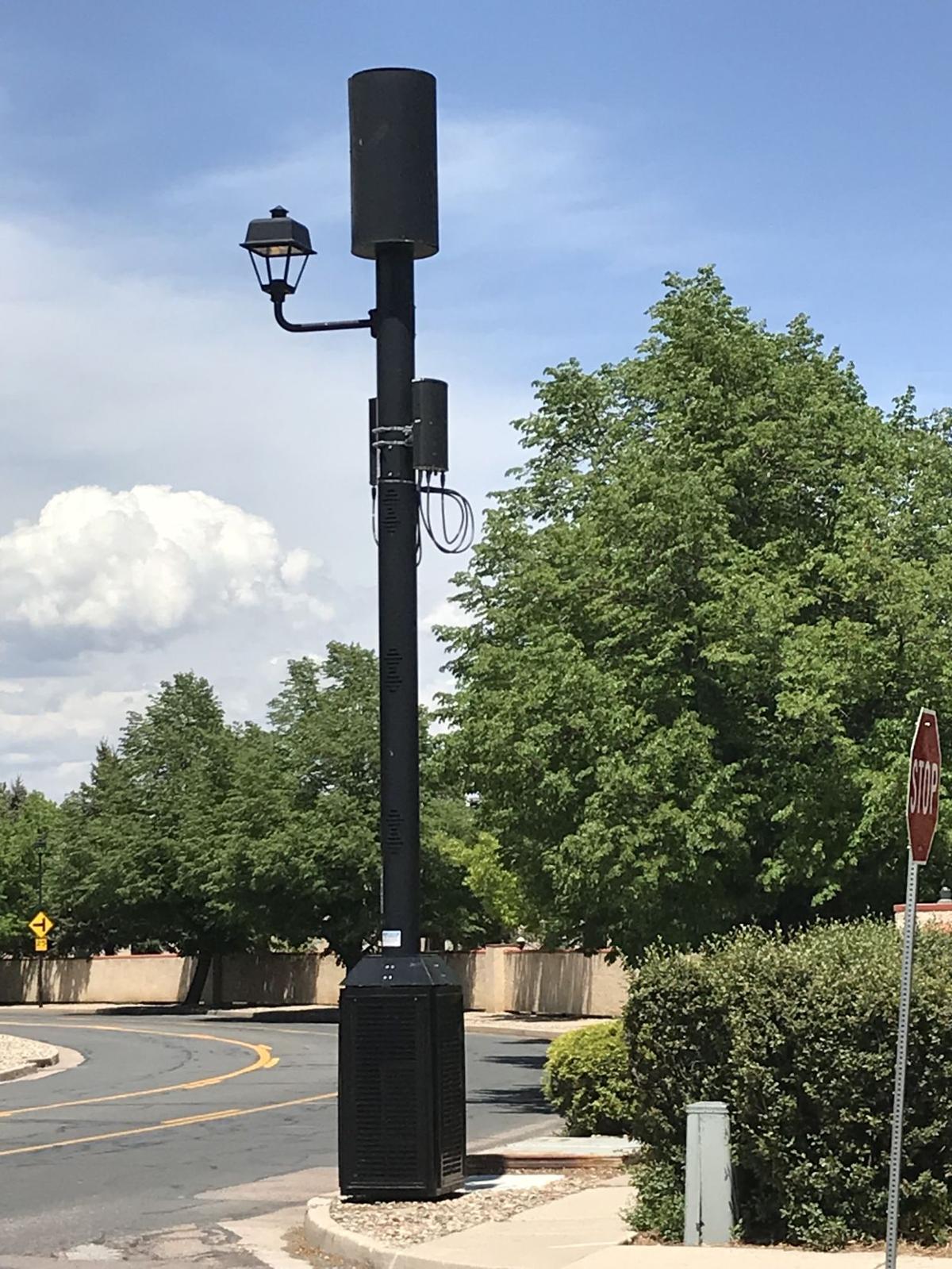What is the safest distance from the 5G cell Structure?

If you've ever walked through a city you might have noticed tiny cell towers for 5G on the poles of street lights. They appear like tiny boxes however, they're actually transmitting wireless signals from cell phone providers to your phone.
They are replacing larger, purpose-built cell towers. While they're not as noticeable but they can still create problems for those who live nearby.
A of the FCC's Radiation Exposure Thresholds
The FCC's Radiation Exposure Thresholds establish the safe limit at which a person can be exposed to electromagnetic radiation from wireless devices. The limits for exposure are based on scientific data that show that RF energy could be harmful to human health.
The absorption rate specific (SAR) is a measure of the amount of radiofrequency energy that is taken up by tissues. It's typically 1.6 Watts per kilogram averaged over one kilogram of tissue.
But, since 5g operates at higher frequencies, it has the potential to cause greater energy intensity on the skin and other exposed body areas. This can lead to many potential problems, including an increased the development of skin conditions like dermatitis, skin cancer and cataracts.
Because of the potentially harmful effects of radiation from 5G, PSU has chosen to create a general maximum power density of four MW/cm2 measured across 1 centimeter, but not to exceed 30 minutes, for the entire 5G spectrum at 3000 GHz. This limit for localization is in line with the peak spatial-average SAR of 1.6 W/kg, averaged over one 5 grams of body tissue, at 6 GHz.

The FCC's Maximum Exposure Thresholds
If you've ever used a cell phone, you probably know that the safest location from the tower is around 400 meters. This is because the transmitting power of the cell tower is significantly increased the further away you are from it.

Although this may sound like something that's good, the reality is that those living close to towers could be more susceptible to health problems. For instance, a 2014 study in India found that those living within 50 meters of cell towers had significantly more health complaints than those who were away from the antennas.
But, the study found that people who moved into areas farther away from the cell towers saw their symptoms improve within a couple of days. Studies have also shown that exposure to high levels of radiofrequency electromagnetic fields (EMFs) could cause brain tumors, cancers as well as other health issues.
This is due to the fact that RF radiation, which is used in wireless communication can penetrate the human body's exterior layer, the skin. This is vital to be aware of because the skin acts as a protective barrier against injury to the body, infection from pathogenic microorganisms, as well as infiltration of toxic substances. disadvantages of living near a cell tower is the largest organ in the human body. It is accountable for protecting other organs.
The FCC's Minimum Exposure Thresholds
The FCC's Minimum Exposure Thresholds are based on numerous assumptions that are not supported by evidence from science. They include the incorrect belief that short-term exposures RF radiation are safe due to minimal absorption into body (i.e., tissue heating).
The assumption also ignores the more extensive penetration of ELF parts of the modulated RF signal as well as the effects of short bursts of heat caused by RF pulses. These assumptions are not in line with current understanding of the biological consequences of RF radiation. Therefore they shouldn't be used for health protective exposure standards.
Furthermore there is the fact that both ICNIRP and FCC are limiting the maximum limits of exposure to peak local SARs that are based on the peak frequency of absorption (psSAR), which can be described as not a reliable dosimetric instrument for determining the level of radiation exposure. Particularly the psSAR tool is not accurate for frequencies that exceed 6 GHz. Additionally, psSAR hasn't been evaluated for RF radiation with co-exposure to other environmental agents , such like sunlight. Interactions of RF radiation and other environmental agents may cause synergistic or antagonistic effects. This could result in the risk of having adverse health adverse effects. For example, exposure to RF radiation and sunlight could increase the risk of skin cancer, as well as aggravate other skin disorders, such as acne.
